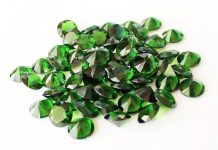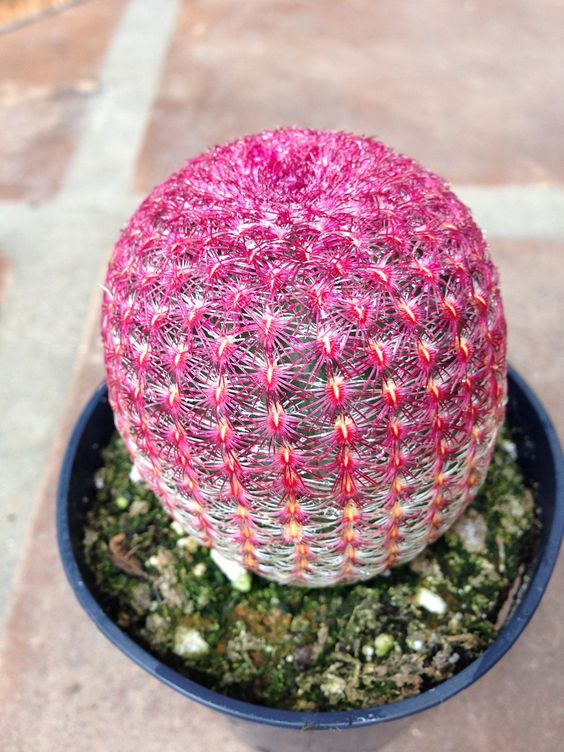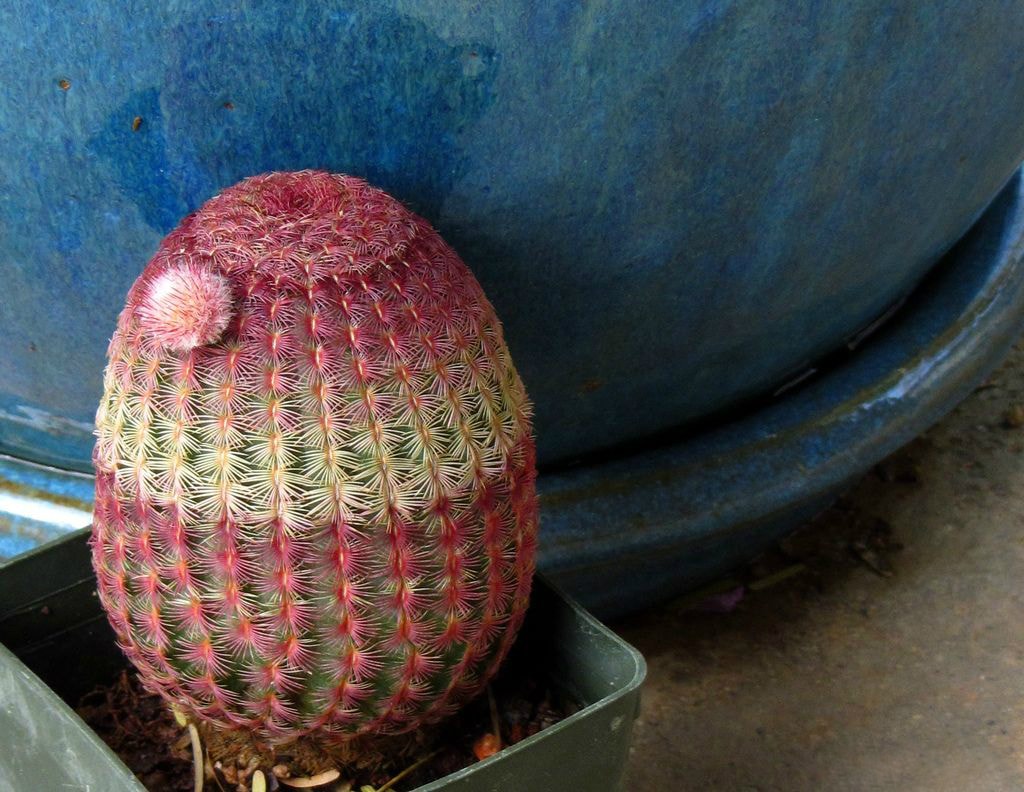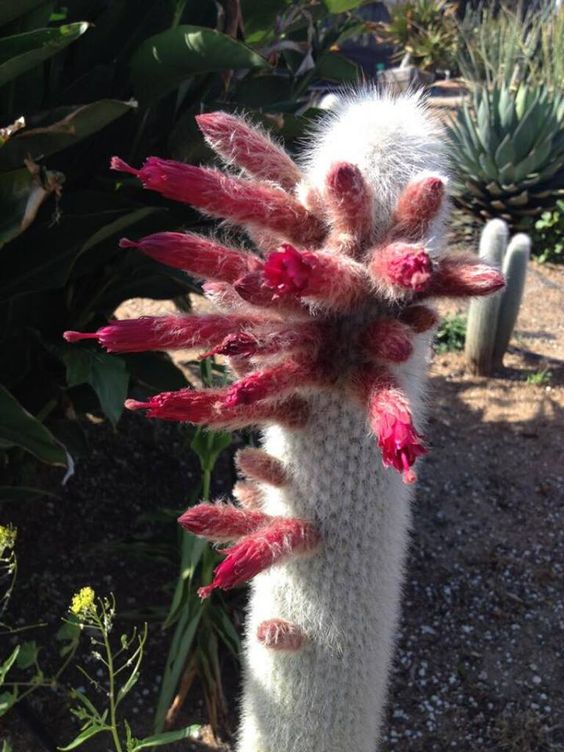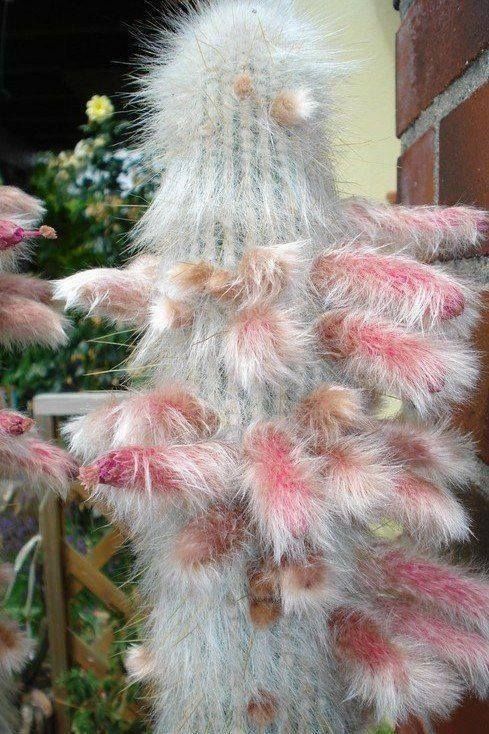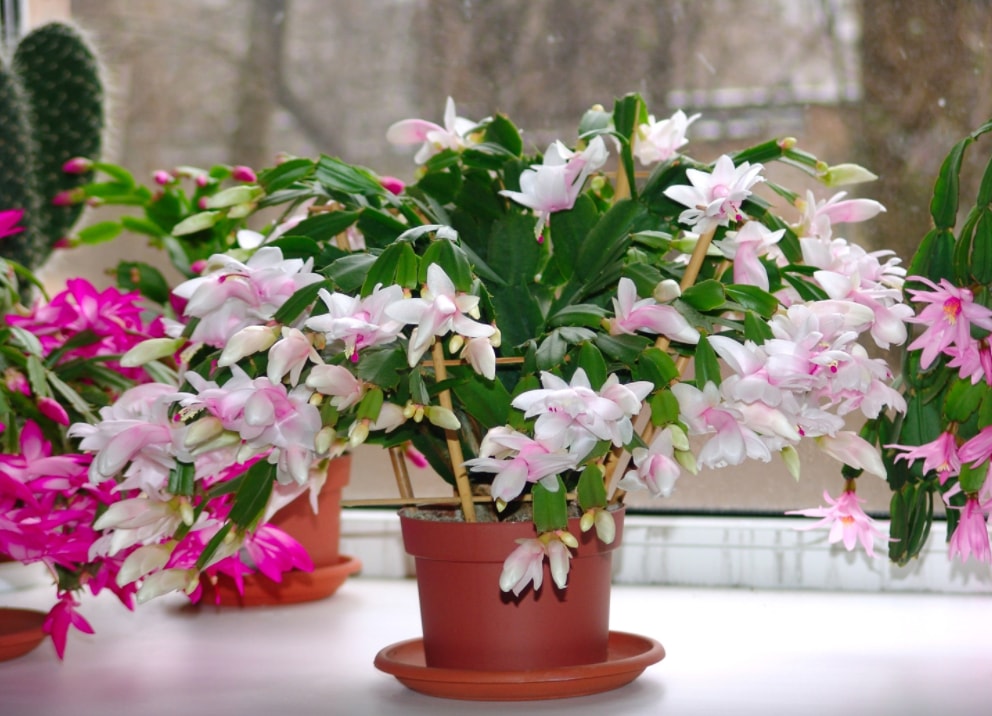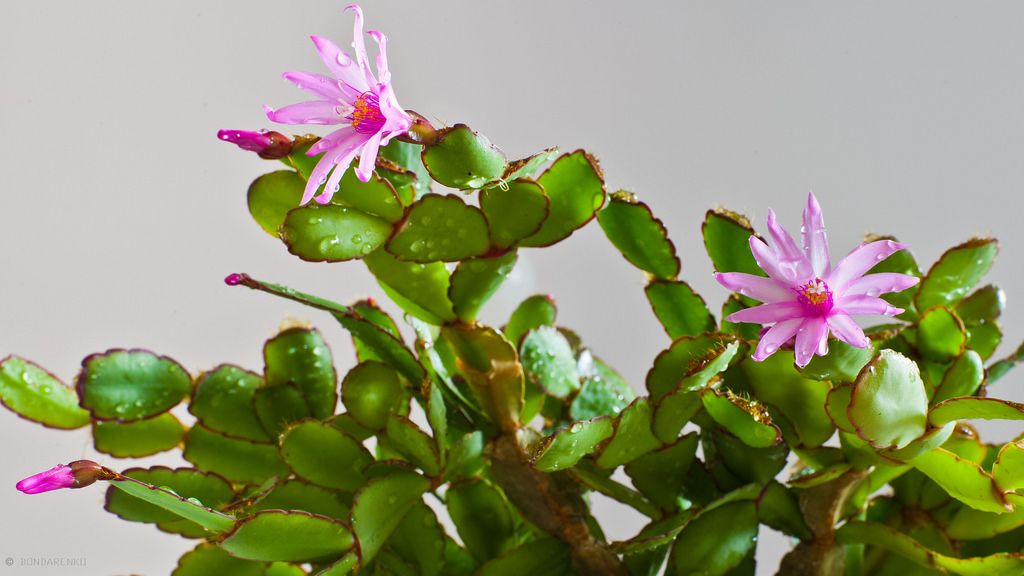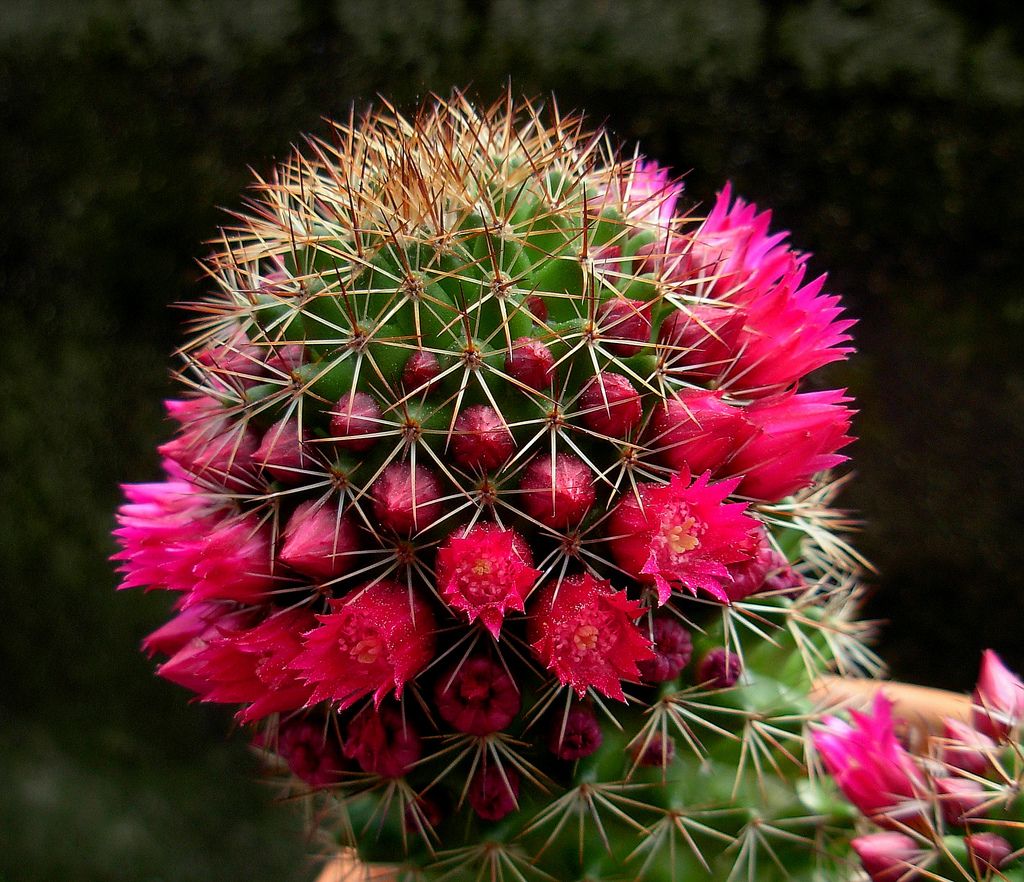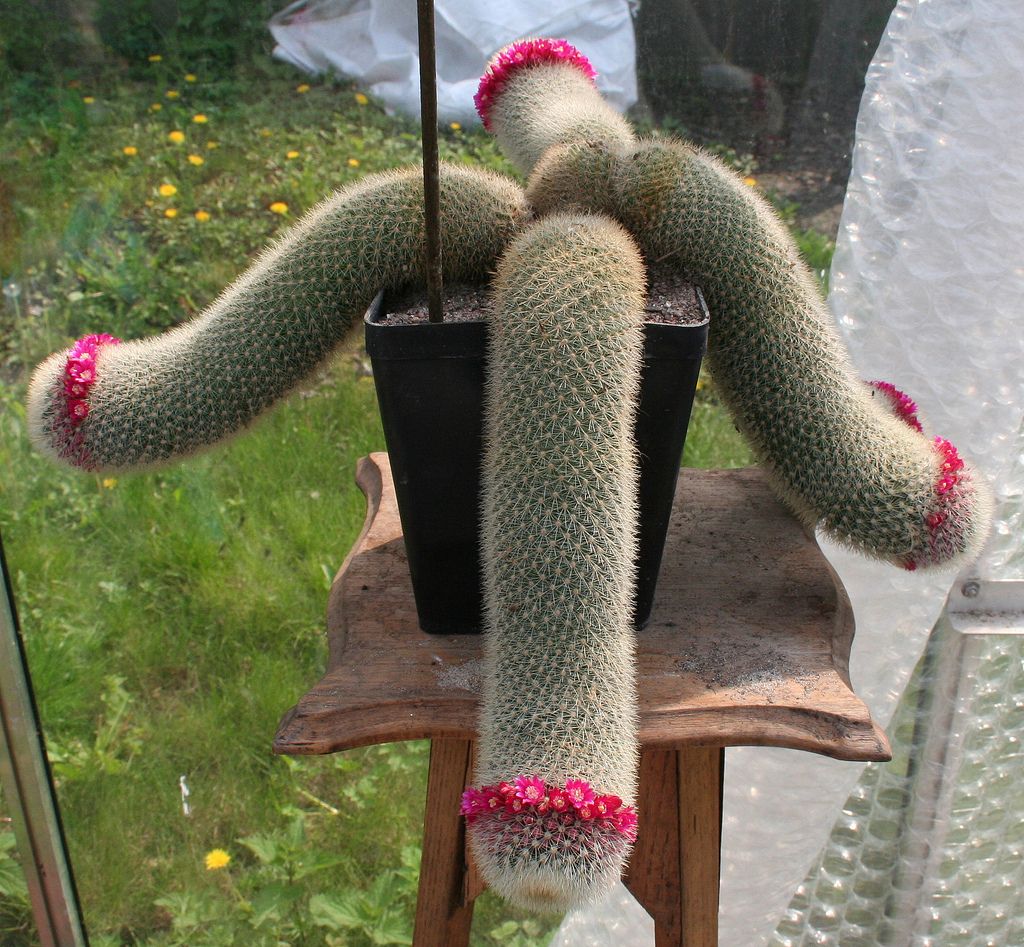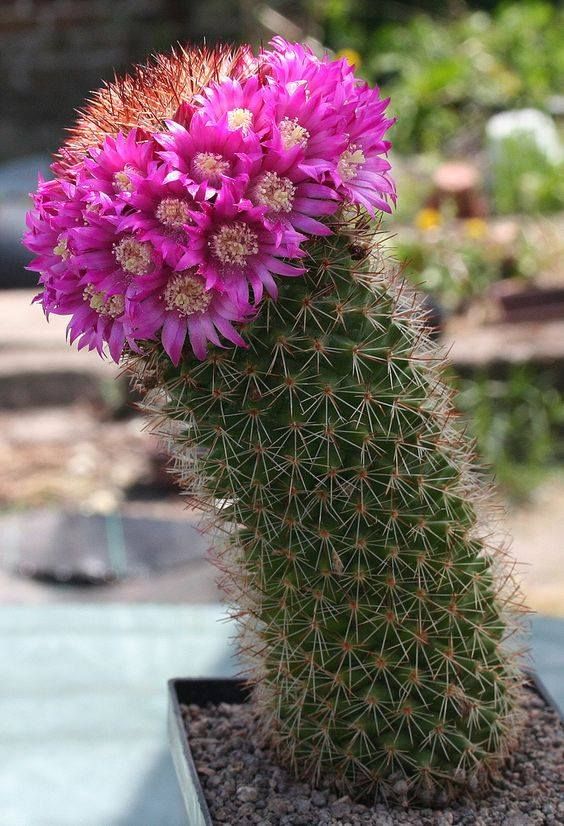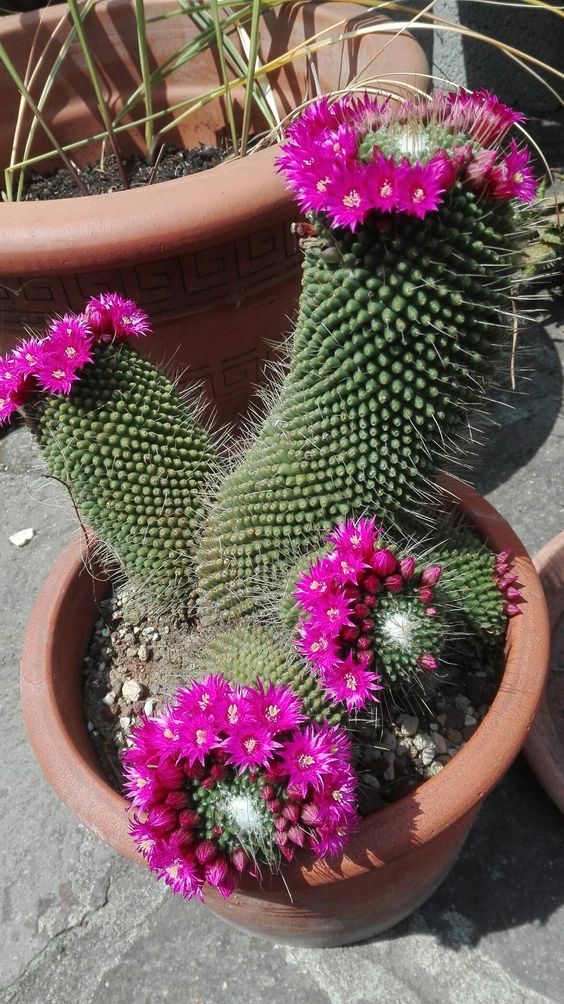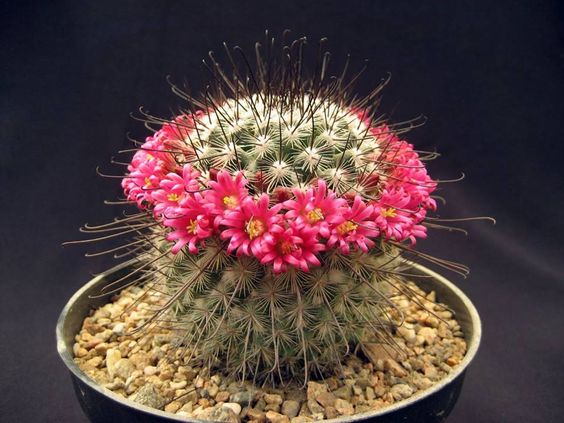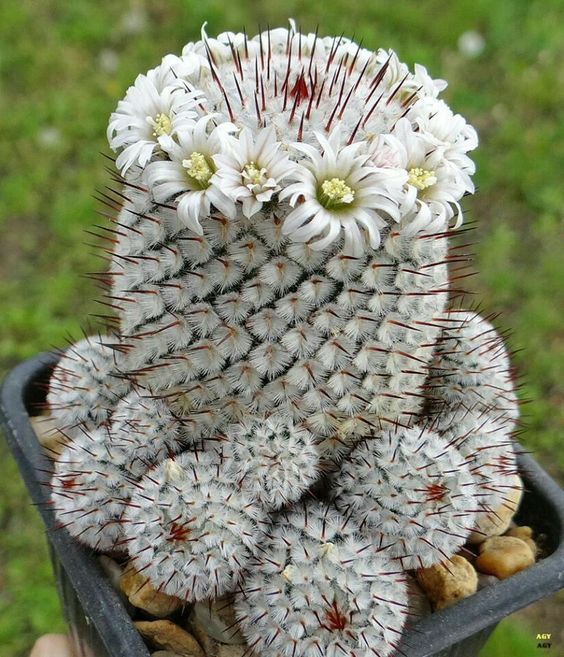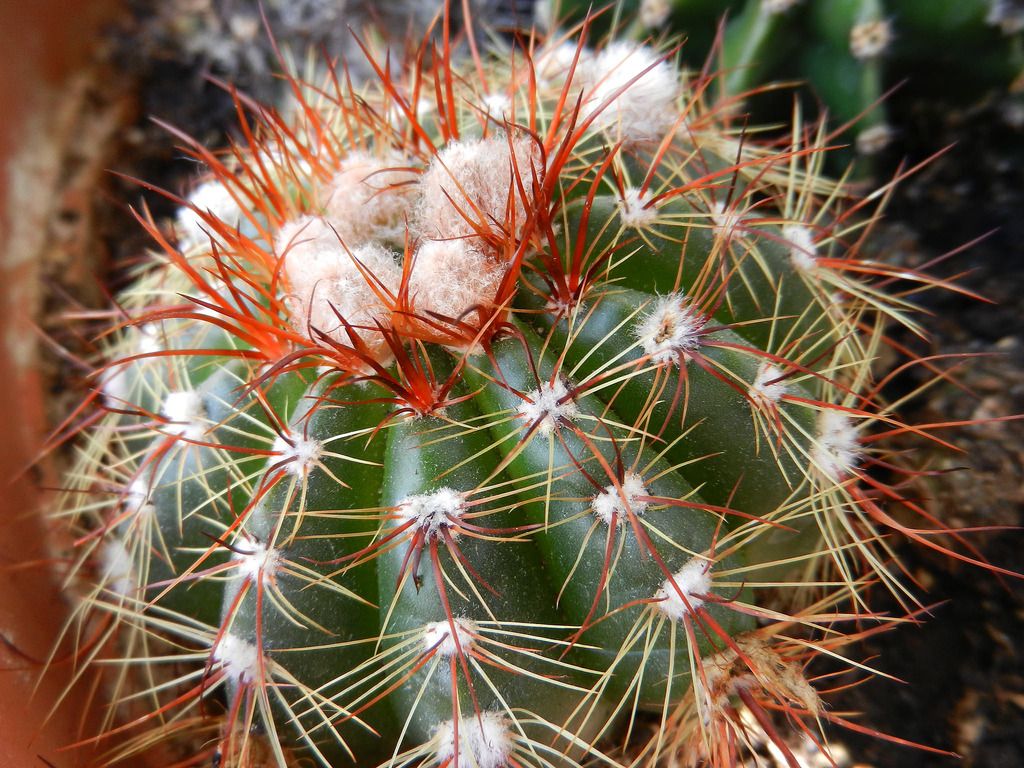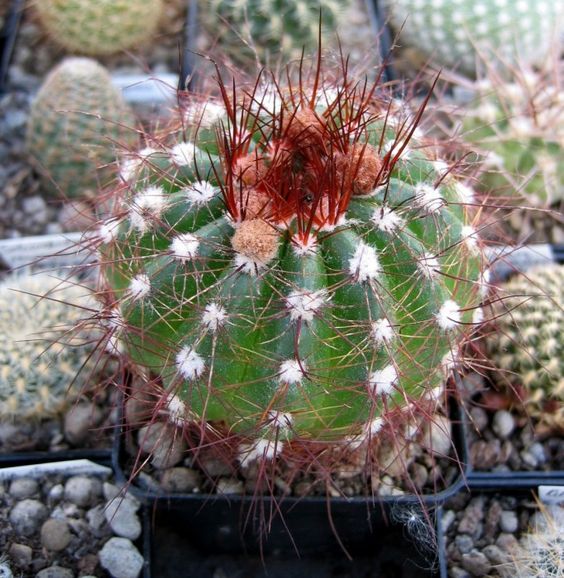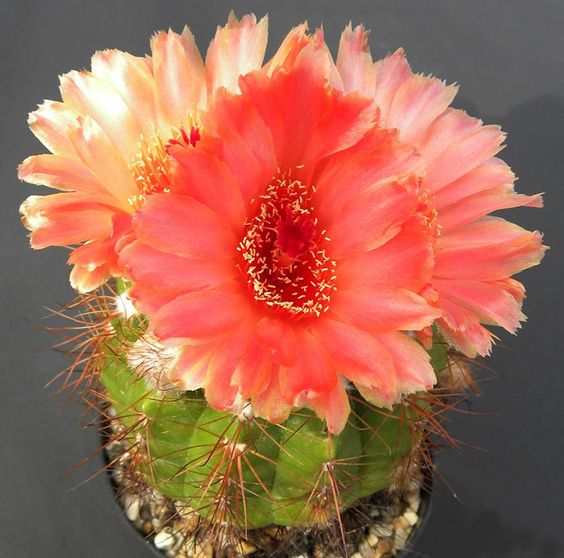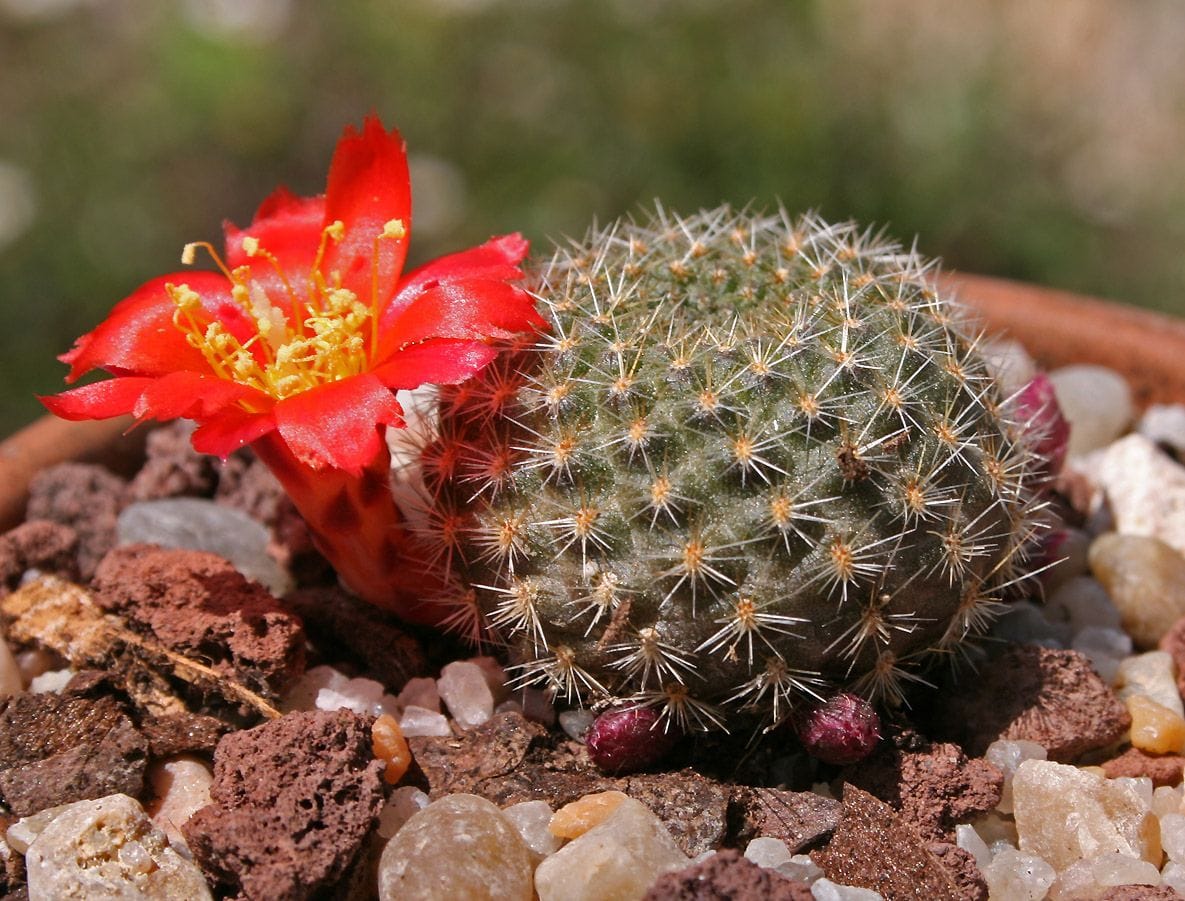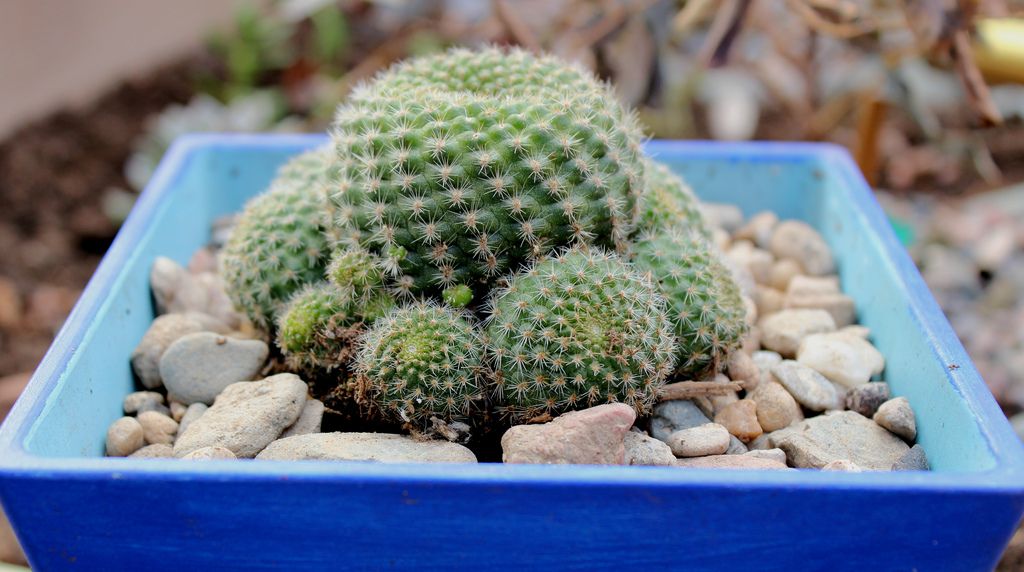Content
All varieties of indoor cacti house are distinguished by the presence of fleshy thickened stems and lack of leaves. The spherical and oblong shapes of these colors have a good light absorbing surface.
This type of indoor plants has always attracted flower growers with its originality and unique features. But these properties just cause certain difficulties growing at home.
It is not easy for novice flower growers who do not know all the rules of cacti maintenance. But if you ensure proper care, successful growth and even the annual flowering of a pretty plant will not be long in coming.
Representatives of the “cactus” discharge plants are adapted to extreme conditions - they feel comfortable enough in desert and arid areas. Their spines are excellent shelter from the sun.Ribbed species, due to its shape, also perfectly tolerate bright sunlight.
Care for indoor cacti
Cactus - an unpretentious plant, but it should be remembered that only caring, attentive housewives can enjoy the beauty of a blooming cactus.
Choosing dishes
Perfect for cactus plastic pot with a sliding bottom. The height of such dishes should be 15% higher than the root system. The probability of its rotting will be minimal in less wide and higher pots.
The soil
Comfortable for cacti environment - loose, slightly acidic soil, well permeable to air and water. The ideal would be a mixture of river coarse sand, leaf humus and sod soil in equal proportions. For cacti not allowed water stagnation. Therefore, it is important to make a good drainage on the bottom of the pot, consisting of brick chips, expanded clay or gravel.
Landing
Before transplanting the cactus into another pot, it is necessary to stop watering for several days - it will be much easier to remove the root from the ground. In the new dishes after the drainage layer, the soil mixture is filled to 1/3. Then you should carefully dip the roots into it and sprinkle with the remaining soil. Root neck sprinkled with river sand.
To root wounds healed after transplantation, the soil is not moistened for several days. It is enough to transplant a room cactus only once every couple of years.
The best place for cactus
The best location for cactus is the sunny side of the room. It is fresh air and bright light that is important to ensure in the first place.
Watering
Cacti need to provide conditions close to the desert. Watering should be rare, but quite abundant. In between waterings, the ground should dry properly. And it is important to remember that the upper layers of the soil dry more actively than the lower and middle ones, and the accumulated moisture can lead to rotting of the roots. That is why it is necessary to water the plant properly, and only making sure that the soil is completely dry.
 Types of home cacti
Types of home cacti
Beautiful flowering and a variety of forms of indoor cacti suggests a lot of options for interior decoration in your home. Consider several varieties of home cacti.
Rainbow Hedgehog Cactus (Rainbow Echinocactus)
This type of cylindrical or oval shape, up to 45 cm. Impresses with its color range - pink and purple hues.
This cactus is quite comfortable without shading from the bright sun, on the south and west side. Echinocactus favorably tolerates dry air, but also not against occasional spraying with warm enough water.
This breed has an excessive fragility of the root system, so the inevitable transplant must be extremely accurate.

 Gymnocalycium friedrichii (Mikhanovich Gymnocalycium)
Gymnocalycium friedrichii (Mikhanovich Gymnocalycium)
This incredibly beautiful species of cactus begins its flowering funnel-shaped, red, pink and white flowers at a fairly early age. Its wide elongated stem of gray-green or brownish color contains up to 10 thickened, triangular ribs; does not contain villi.
Gymnocalycium is easy to grow at home. It requires a lot of bright light, but in the summer, the cactus should be shaded from the scorching sun.
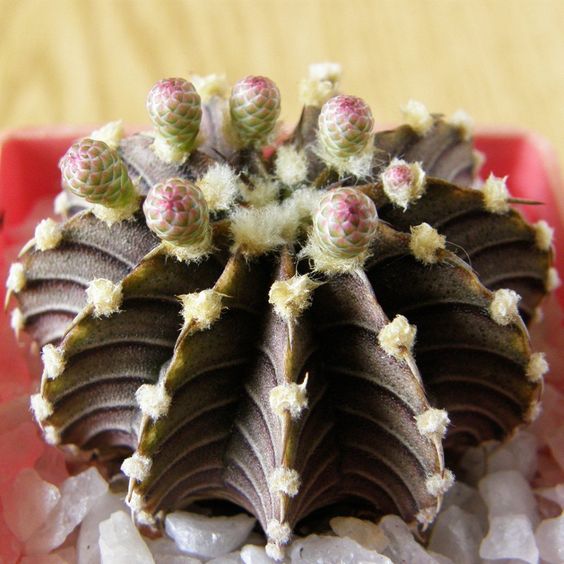

 Cleistocactus straussii (Strauss cleistocactus)
Cleistocactus straussii (Strauss cleistocactus)
Columnar horizontal plant is covered with spikes and white hairs. The height of this type can reach 1 meter. A peculiarity is flowering closed tube flowers. The abundance of sunlight and light shade with the scorching sun rays are mandatory conditions for growing cleistocactus.
Opuntia microdasys (prickly pear small-haired)
Touching any type of prickly pear is extremely undesirable. Her tiny spikes with jagged ends are very painful to prick. Prickly pears grow to 30 cm, there are a variety of forms.
 In summer, the cactus is watered abundantly, but during the heat wave, watering is reduced and is carried out only in the evening. In this case, the moisture on the stems should not fall.
In summer, the cactus is watered abundantly, but during the heat wave, watering is reduced and is carried out only in the evening. In this case, the moisture on the stems should not fall.
Trichocereus candicans (Trichocereus bleaching)
It can grow up to 1.5 meters.Differs in white, funnel-shaped, fragrant flowers.
Depending on the type of stem can grow vertically or tilted. The length of the spines on the edges reaches 4 cm, in the center - 2 times longer.
The plant is very hardy and unpretentious, gains height and easily expands with an abundance of sunlight, heat and regular watering.
Holiday Cactus (Rozhdestvennik or Schlumbergera)
The plant is impressive and pleases with its beautiful flowering in the non-standard winter time for cacti.
Therefore, it is in winter that the Schtumberger will need intensive watering For such a cactus more acceptable diffused sunlight. The palette of shades of flowers 7-8 cm long can be very different.
Mammillaria (Mammillaria)
This plant has up to 500 species. Mammillaria is covered with long soft spines, like hairs. Stems are spherical or cylindrical.
Their characteristic difference from other representatives is the presence of multiple papillae. The flowers of purple, white, red tones grow from the sinuses located between the papillae.
Notocactus ottonis (Notokactus Otto)
Flower growers grow this species not so much for flowering, but for the sake of the interesting structure of the stem with pronounced ribs on which hard spines look very nice.
Over time, large, glossy yellow flowers appear, the diameter of which reaches 8 cm. A strong contrast is obtained against the bright green background of the stem, which adds even more attractiveness to this breed.
Rebutia miniscula (Rebutia tiny)
These cute little globular cacti with a diameter of not more than 10 cm. From other similar species, the small rebution is distinguished by placing flowers - not at the top of the stem, but at its very base.
Flowers, as a rule, have a pink, orange, red shade, and even the golden color of rebution spines gives it a special decorative effect.
 Such a cactus is very favorable to dry air, but requires mandatory spraying in the morning from a spray bottle. Basically, the plant needs the same conditions as the rest of the indoor cacti.
Such a cactus is very favorable to dry air, but requires mandatory spraying in the morning from a spray bottle. Basically, the plant needs the same conditions as the rest of the indoor cacti.
Do you have cacti at home? What are your favorite kinds?

























